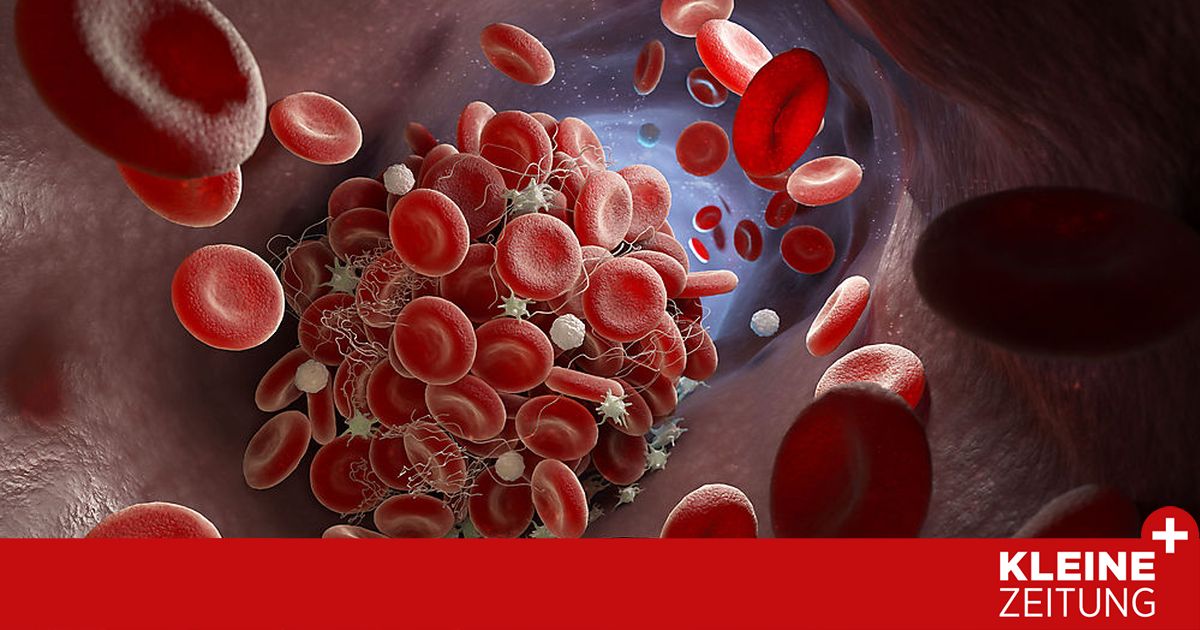Inquiry: Blood clots: questions and answers about thrombosis
Small newspaper
Thrombosis can cause great damage. How they arise, how they are treated, and what symptoms to look out for.
From Martina Marx | 6 a.m., March 20, 2021
1 What is a thrombosis and how does it develop?
A thrombosis is a clumping of blood, this “lump” is called a thrombus. These can occur in different areas of the circulatory system, the most common form being leg vein thrombosis. Thromboses in the abdominal area or in the brain are less common (see left). When these thrombi break away from the inside of the blood vessel and get into the lungs, a pulmonary embolism can develop.
2 How often does this disease occur?
“There is around one case of thrombosis or pulmonary embolism per 1000 inhabitants per year,” says Thomas Gary, Head of the outpatient department of the Clinical Department for Angiology at the LKH-Univ.-Klinikum Graz. That is a little more than 8,000 cases per year in Austria. The rare sinus vein thrombosis affects about one person in 100,000.
3 What are the risk factors associated with thrombosis?
General causes of thrombosis and the following pulmonary embolism are, according to Gary, about operations, cancer, immobilization or pregnancy or the puerperium after the birth. In principle, a lack of exercise, for example due to hospitalization or in connection with a leg in plaster, is a risk factor.
